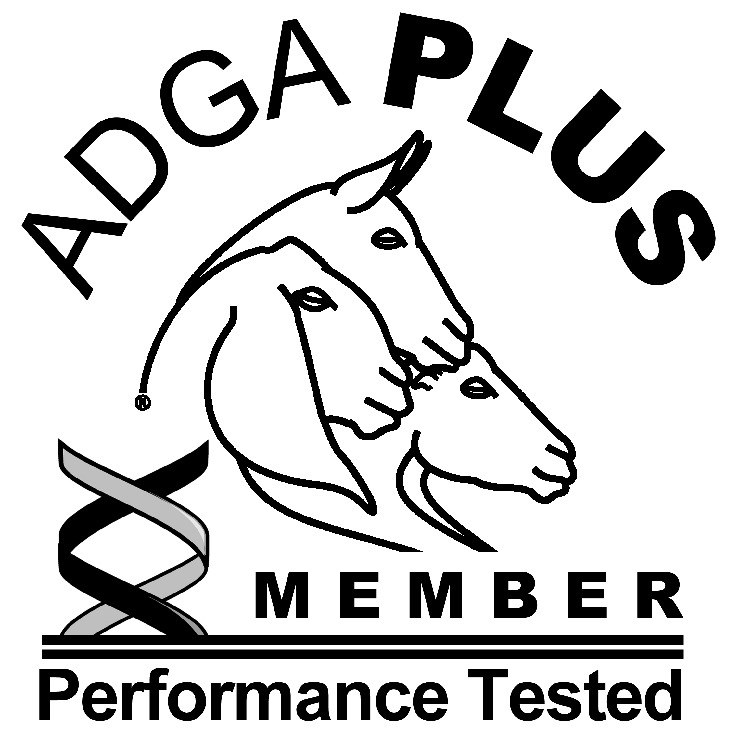ADGA Registered Nigerian Dwarf Goats
|
We have a small herd of Nigerian Dwarf goats in south central Idaho. We are an ADGA Plus herd, participating in linear appraisal and DHI. Our goal is to breed sound, productive dairy goats that are easy to manage and enjoyable to have on the farm. Our herd has tested negative annually for CAE, CL, and Johne’s. All kids are bottle raised/ lamb bar raised on pasteurized milk unless otherwise noted. Our kids are friendly and well-socialized, which makes for an easy transition to becoming a willing dairy goat.
|
Our little goat farm started in 2019 with two unregistered does. After trying to milk one of those does and learning the true meaning of “goat rodeo”, I decided to purchase some friendly bottle kids. Our registered goat herd started with a 10 month old polled, blue eyed doe, a buckskin doe kid, and a buck kid. The buckskin doe, Hangaard Farms Jasmine, is still here on the farm.
How We Use Our Goats’ MilkNigerian Dwarf goats produce a lower volume of milk when compared to standard breed dairy goats, but they tend to produce higher butterfat and protein per pound of milk, depending on stage of lactation. The amount of milk a doe will produce is dependent on both her genetics and the management at the farm. The all-time Nigerian Dwarf breed leader for production milked 2,190 lbs of milk with 106 lbs of butterfat and 83 lbs of protein in 305 days! While this is not a representation of the average Nigerian Dwarf milker, it’s evidence that Nigerian Dwarfs are true dairy goats, especially considering that a large Nigerian Dwarf doe weighs around 100 lbs, many being much smaller. Early season sees the doe producing her highest volume of milk, with lower butterfat and protein. Late season lactation usually means a drop in overall volume, but highest butterfat and protein in milk. The Iowa Dairy Goat Association estimates that average butterfat throughout the Nigerian Dwarf lactation is 6.3%, while protein averages 4.4%. We have seen butterfat at 8-10% and protein at 5-7% on our late season milk tests. Why is this important? Cheese! Much of our milk goes into home cheese making. Cheese yield is influenced by butterfat and protein content in milk. In addition to cheese, we make goat milk soap, yogurt, kefir, and butter. Fresh, ice cold chocolate milk is a welcome treat any day! Nigerian Dwarf goat milk has a mild, creamy flavor. People are often surprised that they can’t tell it came from a goat.
Our cull animals and some wethers are processed for home consumption. Composted goat manure grows a great garden. Our goats provide a variety of foods for us, and nutrients for the pastures and garden. Take a look at our cheese gallery below! |



